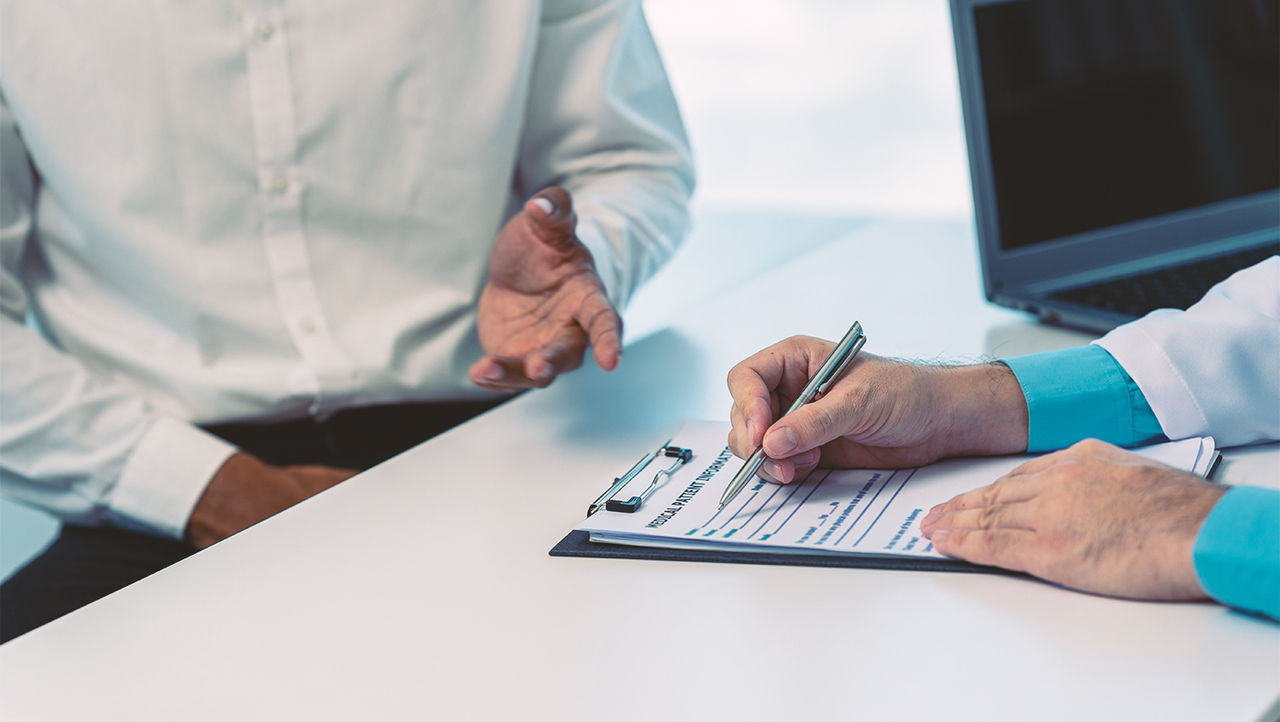Living with male incontinence can be frustrating and embarrassing and can reduce your quality of life. Fortunately, there are a range of effective incontinence treatments that can help you manage your symptoms and take back control.
Make an informed decision about treatment for male incontinence
It can be hard to admit you have incontinence. This can make it difficult for you to discover beneficial treatment options. However, talking to a urologist can help you discover which treatment option may be best for you and your specific type of incontinence – whether that’s incontinence pads for men, surgery, or any other treatment.




